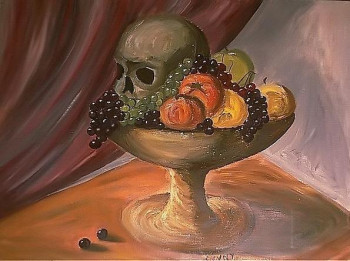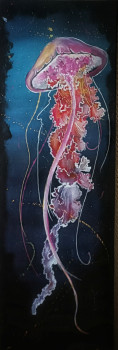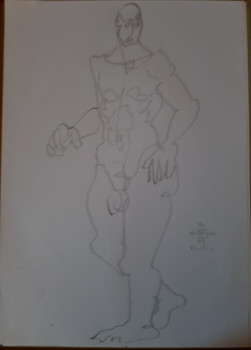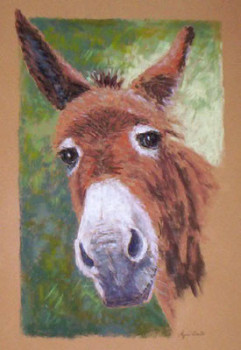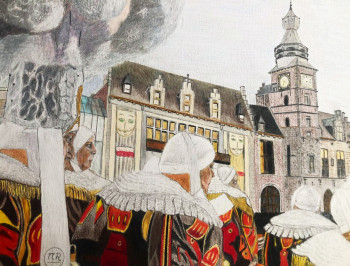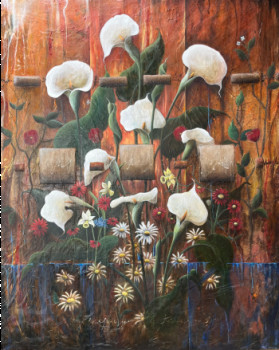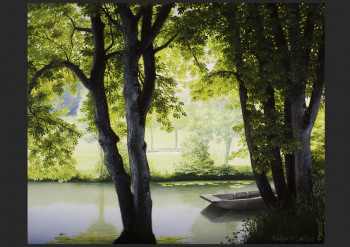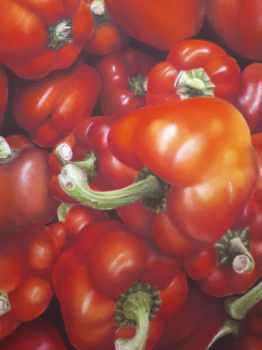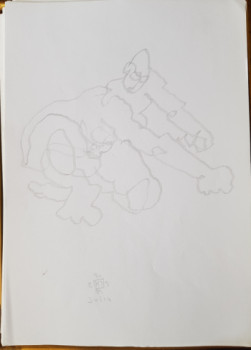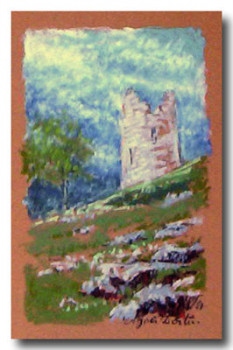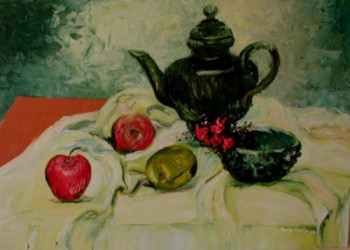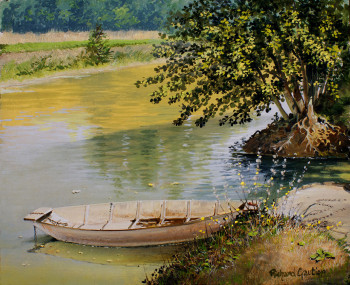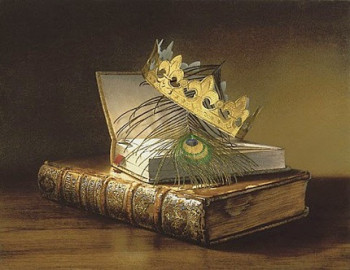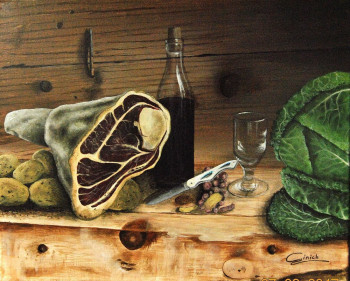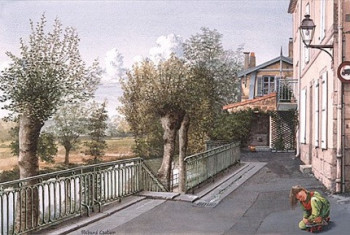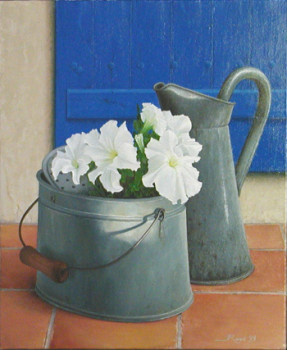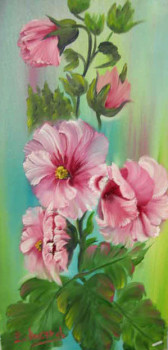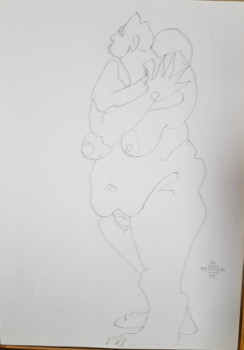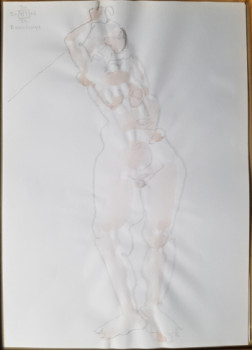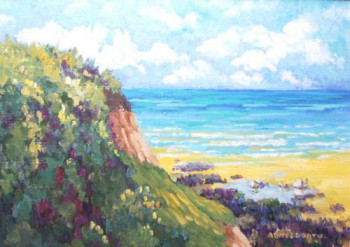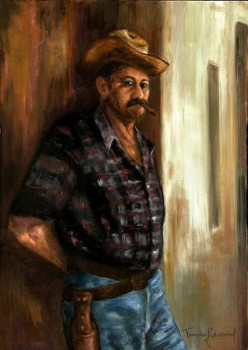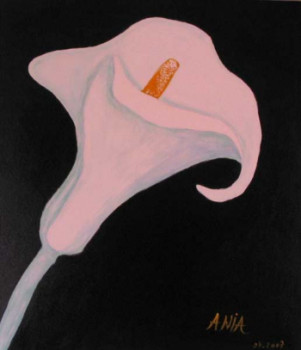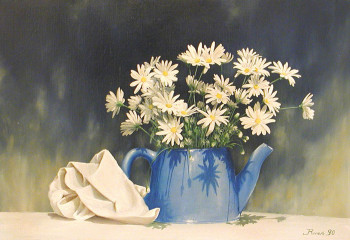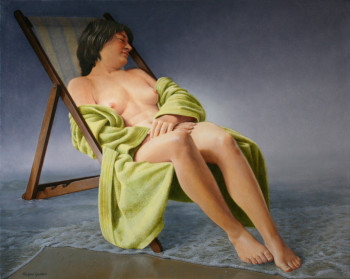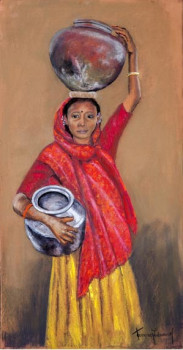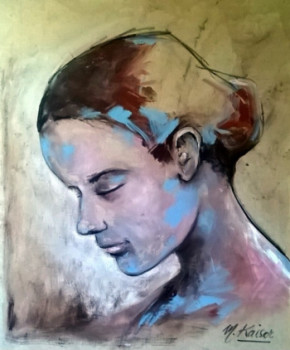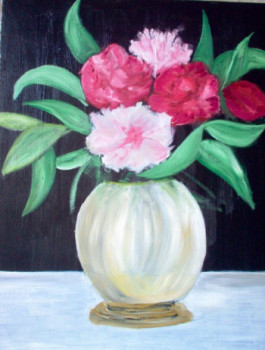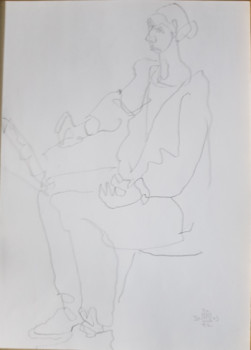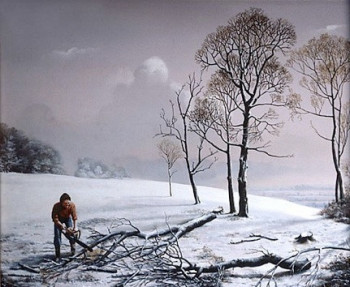
Presentation of Jean Siméon Chardin

Jean Siméon Chardin (1699-1779) is a French painter recognized as one of the greatest French painters of the 18th century. He is best known for his still lifes, genre paintings and pastels. He is also famous for his recognition «in the talent of animals and fruits» by the Royal Academy of Painting and Sculpture. He also played a role at the Salon where he occupied an official place. Chardin gave his letters of nobility to still life.
Coming from a background of artisans, Chardin returned to work. the Royal Academy at 29 years old, in the lower rank of still life. 1st place is awarded to history painting, 2nd in portraiture, 3rd in art. the genre scene, the 4th to the landscape and the last to the still life. The painter also excels in the genre scene but he devotes himself to painting. simple themes. He paints scenes from everyday life. Jean Siméon Chardin is presented to King Louis XV in 1740. The latter loved his work and commissioned works. The painter was at the peak of his career in the years that followed. It occupies an important place in the world. the Academy. He is responsible for to organize the Show. The artist remains famous for his still lifes but he also devoted the last phase of his life to portraits which he created in pastel.
The spirit of Chardin's works
The painter cannot be attached to current. It is detached pictorial modes, he does not seek to please to be in tune with the times. It highlights patience and tranquility. in his workshop. He claims to paint « with the feeling » by looking at everyday objects and scenes. Chardin was soon highlighted in the 19th century but it comes back in memory today and touches a large audience through the beauty of its appearance. pictorial of everyday objects.
Presentation of 5 emblematic works by Chardin
- The Ray
La Raie is an oil on canvas from 1928. It is exhibited today at the Louvre Museum. The table is presented by Chardin as a reception piece at the the Royal Academy and allows him access to the institution. This masterpiece is immediately considered a masterpiece. as worthy of the best Flemish models. The singular staging evokes "The Skinned Ox" by Rembrandt. The realism of the elements has been a benchmark ever since. In front of the line, the table is divided; in 2 parts: the living on one side; with the cat and the oysters and the inanimate on the other with the pitcher, the pot and the utensils. This bloody streak is painted by perfectly mastering the representation of light and reflections.
- The brioche
This painting is an oil on canvas from 1763. This painting comes later in Chardin's career. It illustrates the evolution of his work. If it has started with still lifes focused on everyday objects, he likes to work here. paint more precious elements, such as a porcelain sugar bowl or a cut glass carafe. This still life applies to describe table utensils in a gourmet way by highlighting a magnificent brioche. Volumes and reflections are mastered to perfection. wonder. If still lifes are associated with vanities revealing the brevity of nature, of life, by borrowing a golden brioche evoking gluttony, Chardin gives here to his one side less dramatic.
- The soap bubble
Oil on canvas from 1734. This work by Chardin highlights his attention to detail. The representation of the soapy water in the glass plays with the reflections of the glass. The table is animated with a harmony of gray, brown and green. The bubble is in the lower part of the table. Almost transparent, it surprises with its size. The concentration of the blower is noticeable. He focuses all his attention on making this bubble. The artist chooses an innocuous theme to attract attention. Severe; Again, Chardin uses ephemerality as a symbol of vanity. of life and earthly concerns. Only a few seconds of lifespan are granted to this device. the bubble which is chosen here as the theme of the painting.
- Self-portrait with glasses
Pastel by the artist and self-portrait, this work is painted by Chardin in his old age. He absolutely does not seek to to show off but to paint yourself realistically. We see him wearing his hair. a white cap, new worn at the end of the nose. Few works from his time represent self-portraits. His technique is innovative. He places his touches in a choppy way and works with color in an unconventional way for his time.
- Woman busy at home seal a letter
Oil on canvas from 1734 which depicts a genre scene. Here, we are in the presence of an intimate work and a sophisticated description of the interior. Chardin captures a moment of intense concentration while sealing the letter. wax by the young woman. A greyhound observes the scene, like the observer of the painting. The bottom is not loaded. in order to keep the attention focused on the characters. The painter uses a camo of warm tones but also in addition to lighter colors of white, gray and cream. The size of the canvas is unusual for the artist who delivers here a large format painting.
Chardin's works, appreciated during his lifetime, are still highly esteemed today. He remains an essential reference for still lifes, genre scenes and pastels, particularly those of his portraits. Unconcerned with following fashions, the painter survives; many of them over the centuries.
Découvrez quelques oeuvres inspirées de Chardin
